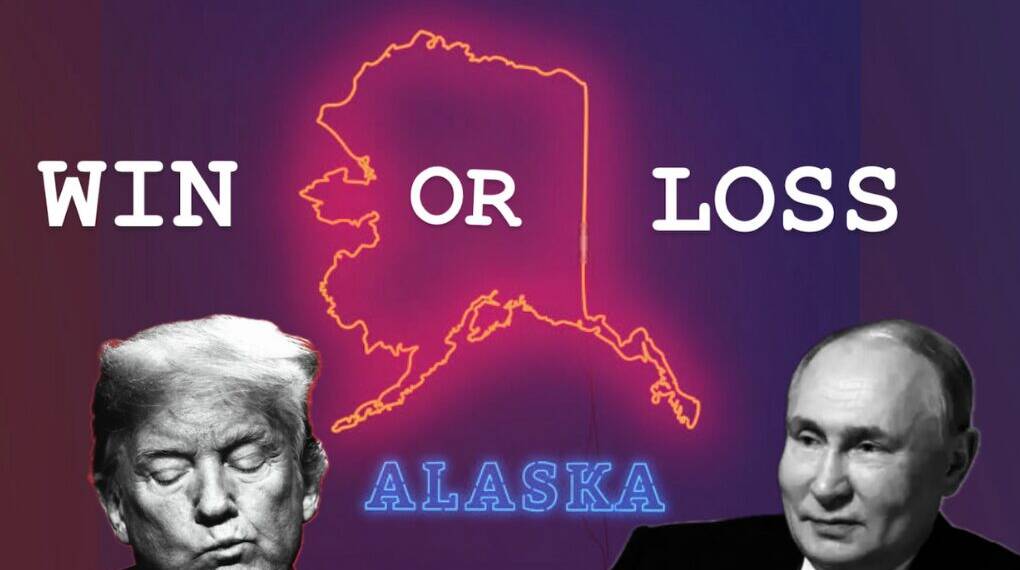The Alaska Summit between US President Donald Trump and Russian President Vladimir Putin has been widely regarded as a diplomatic win for Putin—even though the event concluded without a concrete ceasefire agreement or substantial progress towards ending the war in Ukraine. A careful analysis of the summit’s substance, symbolism, and immediate aftermath reveals several factors underpinning this assessment.
Restoration of Putin’s Legitimacy on the World Stage
For Putin, the most striking victory was simply being welcomed on Western soil with full honors, including a red carpet and military salute at a US airbase. Since launching the full-scale invasion of Ukraine in February 2022, Putin had been largely shunned by Western leaders, facing travel restrictions and accusations of war crimes. The Alaska summit—his first visit to a Western nation since the war began, conferred upon him not only legitimacy but also parity, with the US president greeting him as an equal. This reversal of isolation counters the Western narrative of Russia as a pariah state and signals to the world, and especially to the Russian domestic audience, that Moscow cannot be ignored.
Advancement of Russian Objectives
Although the summit failed to deliver the US-requested ceasefire in Ukraine, Putin achieved key rhetorical objectives:
He shifted the narrative from Russia’s isolation to cooperation, emphasizing joint interests in areas such as trade, the Arctic, and space.
His public comments focusing on “shared history” and “neighbourly ties” between Russia and the US, referencing Alaska’s historical links to Russia, reinforced his image as a confident negotiator rather than an embattled autocrat.
Importantly, by coming away from the summit without making public concessions—especially regarding troop withdrawals or NATO expansion—Putin retained all his negotiating leverage while gaining political capital at home.
Manipulating the Optics and Agenda
Putin demonstrated mastery in controlling the summit’s optics. In an unprecedented move, he took the microphone first at the joint press conference, steering the narrative before President Trump could shape expectations. This act, though perhaps minor in protocol, carried symbolic weight: Putin was presenting himself as a peer, not a supplicant.
Furthermore, Putin used the platform to publicly extend an invitation to Trump to visit Moscow, further eroding the sense of US-Russia estrangement and solidifying his position as a global influencer. No US sanctions were enforced or escalated, leaving Russia with additional time to entrench its positions both diplomatically and militarily.
The War Attrition Strategy
The absence of a tangible agreement or US concessions means Putin’s gains were almost entirely symbolic and at little cost. Ukrainian officials lamented the summit as “a failure,” noting that no progress was made toward a ceasefire while Putin “gained more time” to solidify his objectives.
When it comes to the battlefield realities, Russia has made incremental advances despite significant losses, while Ukraine grapples with manpower shortages, delayed Western aid, and constant aerial bombardments. Putin views this as evidence that victory is “within reach,” making him unlikely to compromise substantially at the summit.
With Russia’s economy adapted to sanctions and bolstered by alliances with China, Iran, and North Korea for weapons and resources—Putin can afford to prolong the conflict while appearing open to talks. This “war of attrition” strategy benefits Moscow.
Weakness in US Position
During his campaign, Trump promised an end to the Ukraine war within 24 hours. For the greatest deal-maker of the world, this was his shot to get the Nobel peace prize. Trump hosted Putin like a victorious king on the US soil and still there was no ceasefire agreement in sight.
Trump later told Fox News the meeting was a “10” for personal rapport, conceding the Russia-Ukraine conflict was harder to resolve than expected, but insisted a deal could come “fairly short” if Ukraine agrees.
The cancellation of a planned working lunch and speedy departures by both leaders added to the impression that the US did not achieve its main aims, further tilting the narrative in Putin’s favor.
The summit not ending up with the much-anticipated decision have raised alarms in Ukraine and European capitals, as now in future, it could lead to deals involving land swaps or ceasefires that favor Russia, such as recognising Moscow’s control over annexed regions like Donetsk, Luhansk, Zaporizhzhia, and Kherson.
This gives Putin leverage, as the absence of Ukrainian representation inherently tilts the scales toward Russian demands, portraying the war as a US-Russia bilateral issue rather than an act of aggression against a sovereign nation.
In all, the Alaska Summit offered Putin a rare opportunity: not only to rejoin the international stage as a respected leader but to do so without making significant concessions or facing major costs. The event allowed him to reinforce narratives of Russian resilience and global legitimacy, all while the US emerged with little to show for its diplomatic outreach. This combination of soft-power gains and the expansion of diplomatic maneuvering space makes the Alaska Summit a clear strategic victory for Vladimir Putin.








